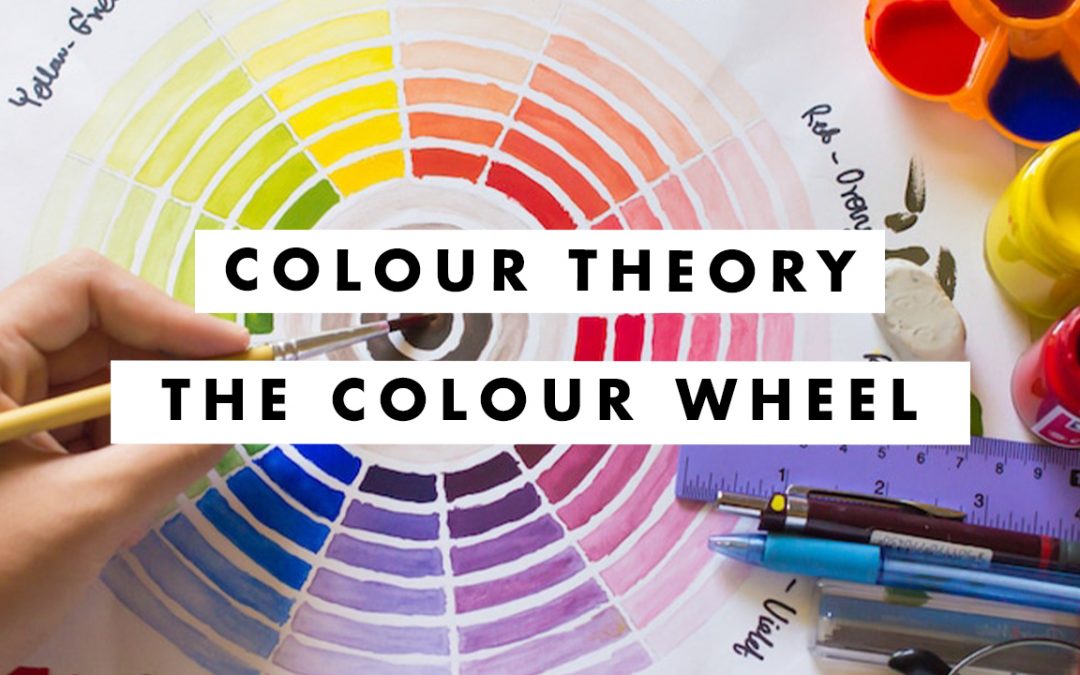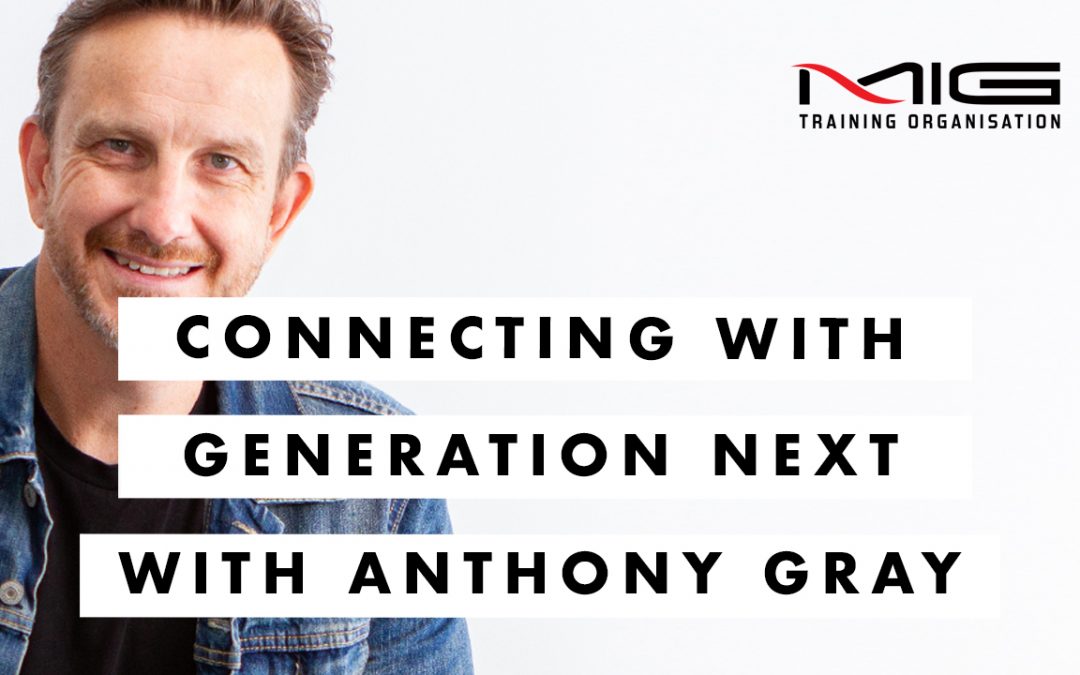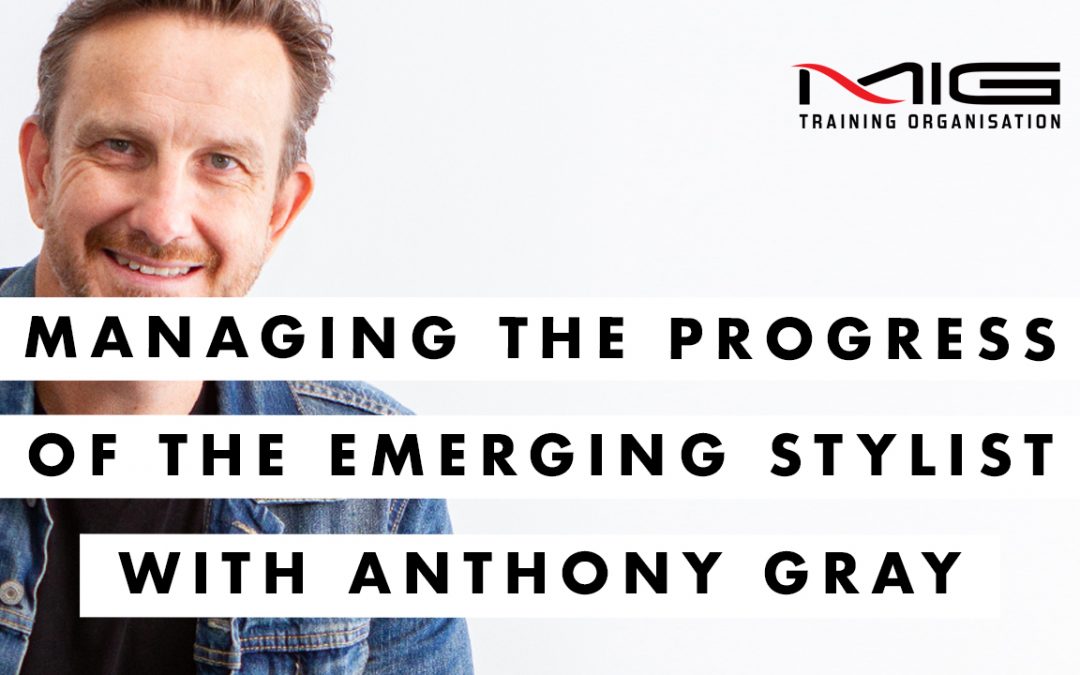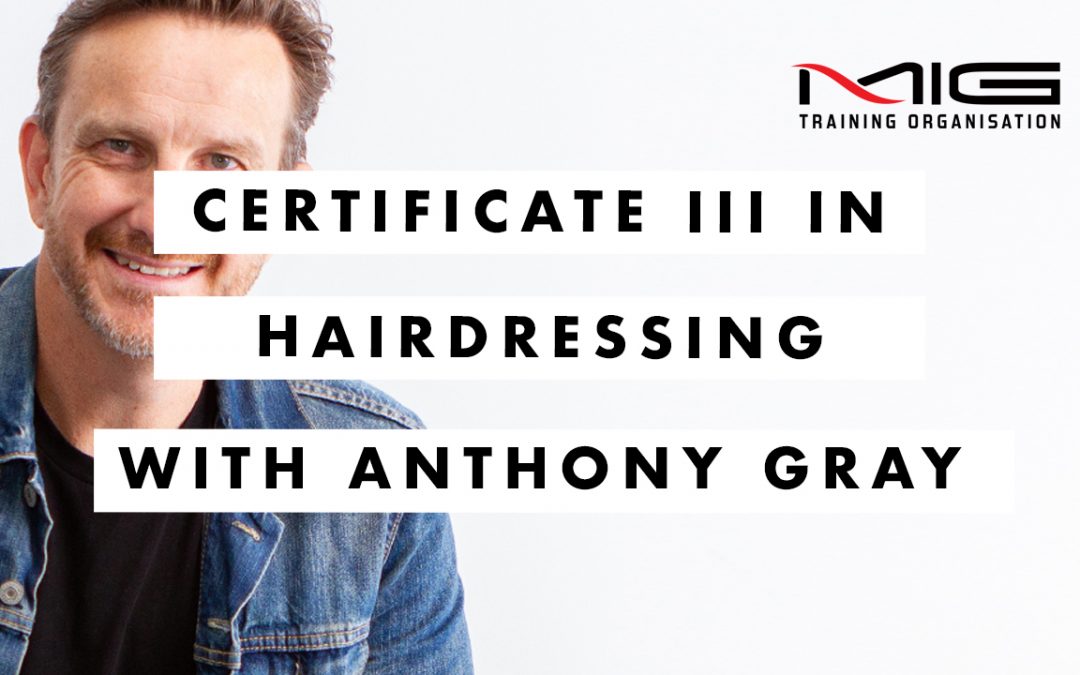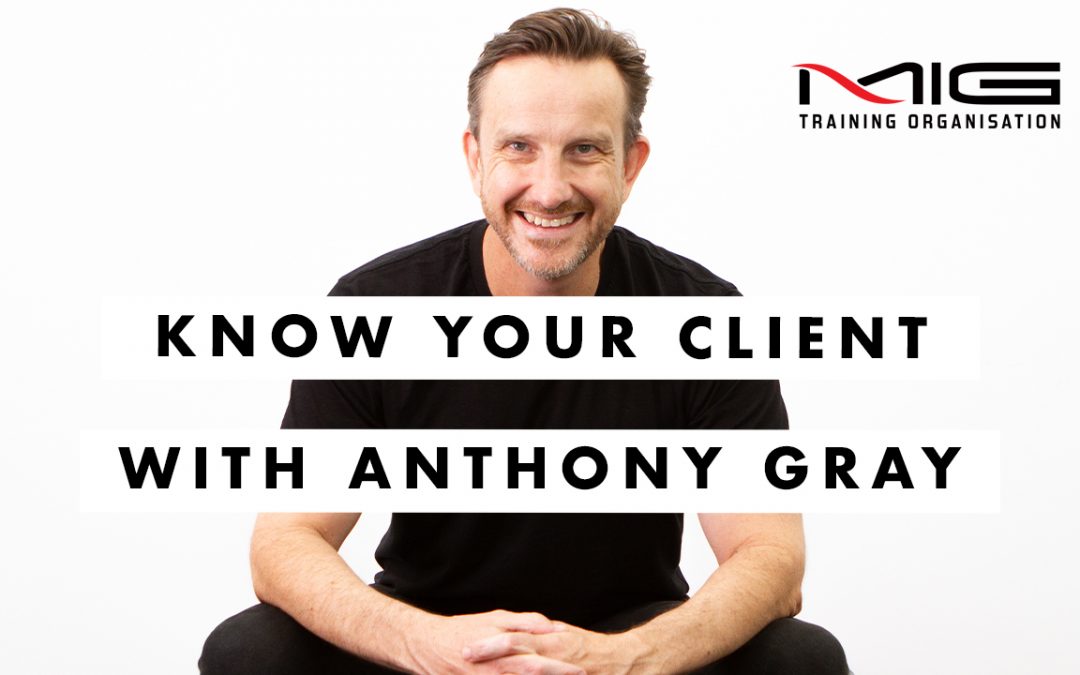
Know Your Client
The salons we work that do exceptional things, know their client particularly well. As a Salon, the challenge of building a client base can result in you attempting to grab every opportunity and attracting every possible person that comes past your door and the inherent fear is that if you focus on your ideal client, then you’ll let opportunities pass you by. The reality is, though, that being everything to everyone just dilutes your offering. Conversely, the closer you’re able to get to targeting your ideal client, the higher the perceived value of your services.
Competition for clients is at an all-time high and attempting to compete across a broad range of potential services that are salon can offer only leads to a large number of average products and services that don’t provide an exceptional experience to anyone. The salons that have the greatest success have a myopic focus on their segment, they focus on a segment they’re passionate about and that they can provide a remarkable service to – and it’s a game changer. Delivering a remarkable service that people really value results in, then being able to charge a premium, and then being able to double down and offer even more value.
The benefits of targeting a clearly defined niche are broad; firstly, it removes you from competing on price and invariably the race to the bottom that can happen when price becomes an issue. It allows you to focus on what you’re passionate about—your tribe—referral goes through the roof as a specialist provider and it results in exponential growth. Industry recognition is also an important aspect; if you’re recognised as an authority in the eyes of industry, then potential consumers see that value as well. Of course, it doesn’t mean that you can’t service those outside of your clearly defined niche. In the end, your target is not your market. If you’re renouned for meeting the needs of a clearly defined group of people, then you’ll attract clients from across the spectrum, based on the authority and value that you provide. In saying all that, getting a really clear handle on your niche isn’t easy. You need to ask targeted laser focus questions. You need to drill down, you need to say “who is that single person? What is my ideal client? Where do they live? How do they think? How do they behave?”
Secondly, are you able to truly deliver something remarkable to that person? Thirdly, do they have the capacity to pay a premium for the outcome that you want to provide? And finally, do you have an affinity for them? Do you have a passion for the services that these people require? A clear target is the foundation really on which everything is built in your business. Understanding everything there is to know about your ideal client means an understanding of their burning problems. A deep understanding then allows you to tailor truly remarkable products and services. In the end, it allows you to make a difference in people’s lives. For your business that allows you to build a loyal fan base that’s second to none. At MIG we work with many salons and see the fruits of their labor in relation to targeting and niching. We help them to educate their people.
If you’d like to have the opportunity to talk about how we can help, we’d love to connect. Give us a call.

